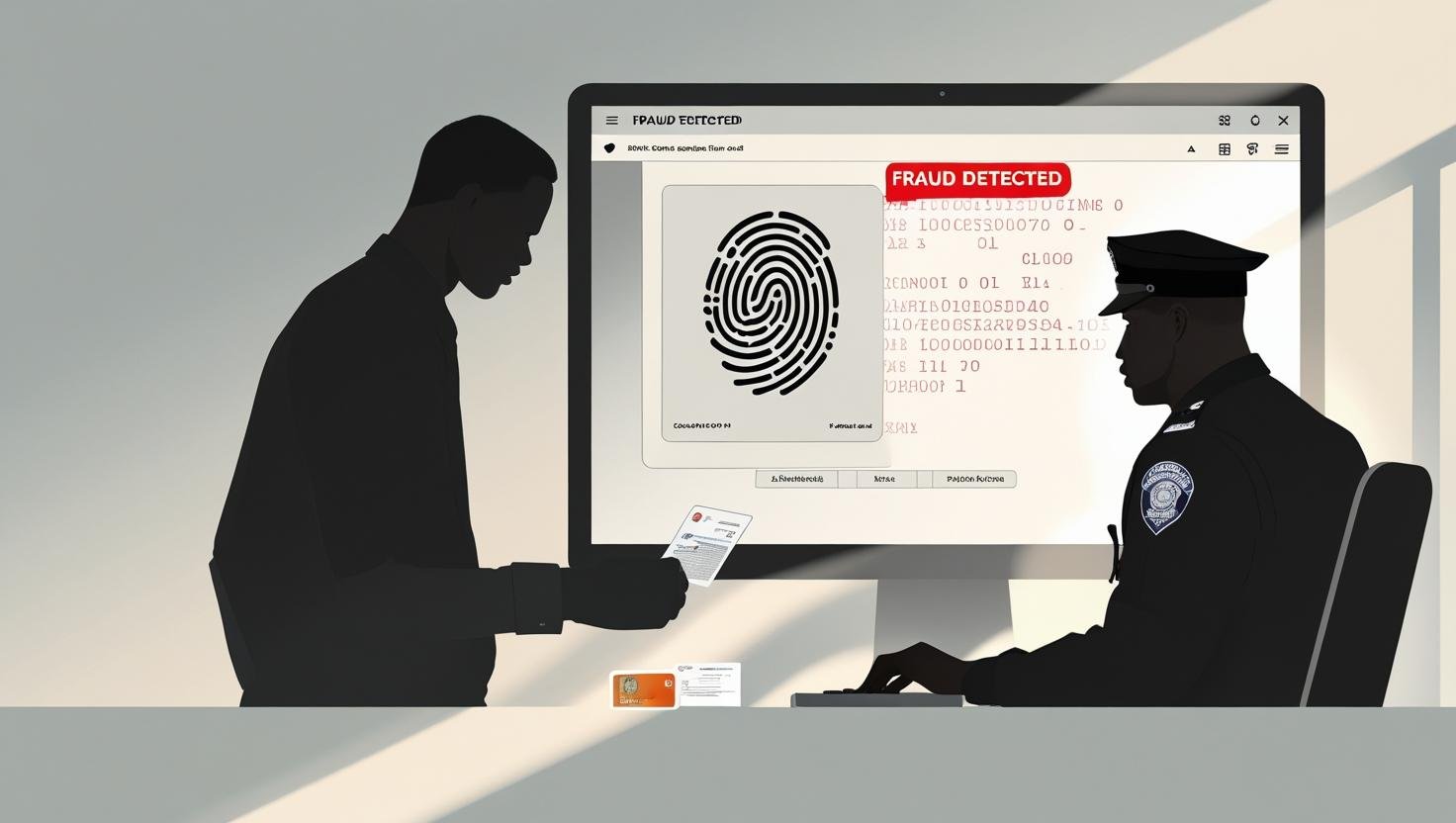The U.S. Department of Homeland Security (DHS) has announced a new regulation requiring all non-citizens entering or exiting the country to have their photographs and biometric data collected. The move, part of the Trump administration’s broader immigration and national security strategy, marks a major expansion of border surveillance measures.
Key Highlights
The rule applies to all airports, land crossings, seaports, and authorized points of entry and departure across the United States.
DHS said the initiative aims to enhance national security, prevent visa overstays, and help identify criminals and suspected terrorists.
The new regulation will take effect on December 26, 2025, according to the official filing.
Background
The Trump administration has intensified its focus on immigration control and foreign visitor monitoring throughout 2025.
In January, President Donald Trump signed the “Protecting the American People Against Invasion” executive order, mandating that all non-citizens aged 14 and above who have stayed in the U.S. for over 30 days must register with DHS and carry proof of registration at all times.
In September, the administration announced a sharp increase in H-1B visa fees, claiming the program had been “abused to disadvantage American workers.” The White House has also authorized National Guard deployments in cities including Portland and Chicago, citing threats against federal property and immigration enforcement agents.
The Big Number
1 million — The average number of individuals processed daily to enter the U.S., according to U.S. Customs and Border Protection.
The Broader Picture
The policy underscores the administration’s commitment to tightening border controls and increasing biometric surveillance in the name of security. Experts warn, however, that the rule could have far-reaching implications for international travelers, students, and long-term visa holders, potentially increasing travel delays and privacy concerns.


